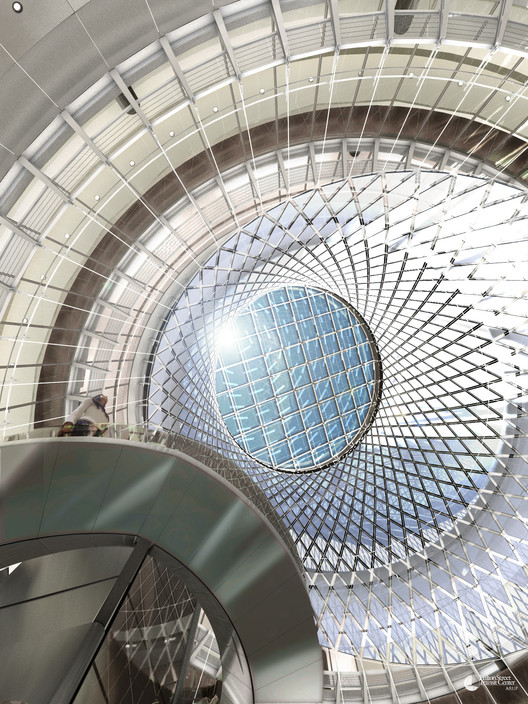
In the early years of the New York City subway system, natural light played a dominant role in the illumination of subterranean spaces. The architecture emphasized a connection to the sky, often through skylights planted in the median of city avenues above — lenses in the concrete sidewalks.
However, it proved extremely difficult to keep the skylights clean, and light eventually stopped passing through. Subway authorities moved toward an almost exclusive reliance on electric lighting. While this allowed for greater flexibility in station design, permitting construction at any location and depth, it also created a sense of disorientation and alienation for some passengers.
For the design of Lower Manhattan's Fulton Center, Arup, in conjunction with design architect Grimshaw sought to reconnect the century-old subway system with the world above.


